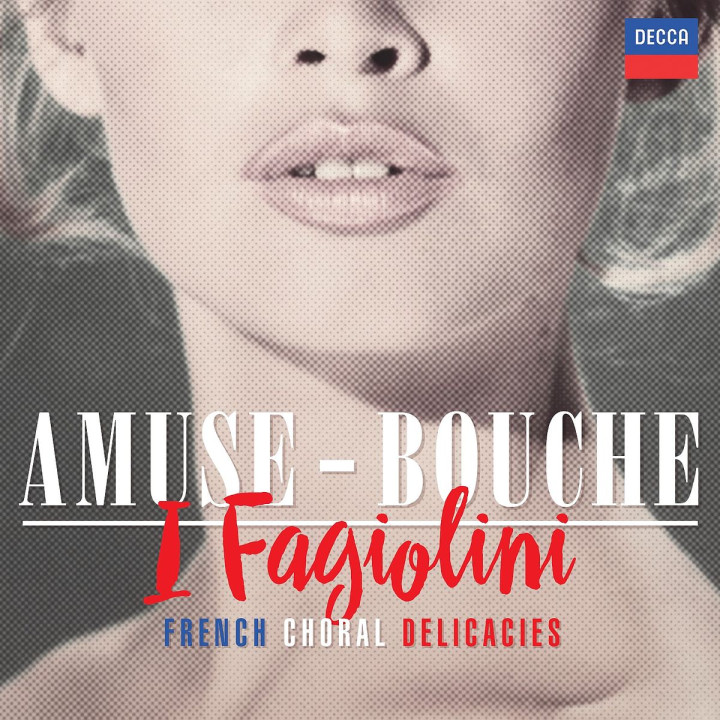
Fanny Cornforth had a voluptuous beauty that we see in Bocca Baciata, and Fair Rosamund. Alexa Wilding, Fanny Cornforth, Elizabeth Siddal, and Jane Morris became three of the best-known faces in art. The Pre-Raphaelite brotherhood in many ways recreated the cult of personality of renaissance beauties with their models. Ruskin was a champion of Pre-Raphaelite art and artists, who sought to recreate the aesthetics of early-Renaissance art. The mystique of Simonetta Vespucci as a muse was revived in the 19th century by art historian John Ruskin, who maintained she embodied Botticelli’s ideal woman and that the deities and madonnas he painted specifically bore her likeness. Di Cosimo was only seven years old when she died and his portrait was created posthumously, but her beauty had remained legendary decades after her death. Other painters that were mesmerized by Vespucci are, allegedly, Piero di Cosimo, who painted her in the guise of Cleopatra, her neck adorned with asps. Simonetta Vespucci was very popular in the Medici circles, but what created a cult of personality around her was, on top of her beauty, her premature death: the majority of poetry dedicated to her is, in fact, commemorative. “Botticelli’s female figures are characterized by an ideal type of beauty that is separate from nature and seeks perfection in form,” says Parenti, ”I highly doubt that the features of the deities and the madonnas he painted carry the actual features of a real-life model.”

We can see her in the face of Venus in Birth of Venus, Flora in Allegory of Spring, Pallas in Pallas and the Centaur, and in several profile portraits of women. History names Simonetta as the prime muse of Sandro Botticelli, based on the account of 16th-century art historian and biographer Giorgio Vasari claims he portrayed her. Even in the Renaissance, it seems, signori preferred blonde,” writes Joanna Woods-Mardsen in the essay “Portrait of the Lady,” in the catalogue for Virtue and Beauty, an exhibition of Renaissance-era female portraiture that ran at the National Gallery in 2003.


“Most Italians have the dark coloring of those living in Mediterranean countries, but among fashionable women in quattrocento Italy, there was only one acceptable hair color and it was not brown. The poet Agnolo Poliziano, in his Giostra, described her as a long-haired blonde with light-colored eyes. “Based on the main ideals of 15th-century Florence, it must have been a beauty based on harmony between opposing concepts, combined beauty and modesty, womanly charms and pudore,” says Uffizi curator Daniela Parenti. The poet Pietro Dovizi da Bibbiena defined her as puellam formosissimam, “most beautiful girl,” which both reflected on her renowned exterior beauty and her moral virtues. One of the best-known beauties was a noblewoman named Simonetta Vespucci, the object of Giuliano de’Medici’s infatuation. This still happens today, and has taken place for centuries.įlorence in the 15th century was rife with famous beauties: noblewoman Giovanna degli Albizzi, Lorenzo Tornabuoni’s wife, was painted several times by Domenico del Ghirlandaio Filippo Lippi gave his versions of the Madonna the semblance of his wife Lucrezia Buti Andrea del Sarto was fond of his own wife Lucrezia. While we loosely use the word “muse” to describe an inspiration or influence behind an artwork, in popular culture, we are guilty of either idealizing a woman as a muse or downgrading an accomplished female artist to one. She is the anima to his animus, the yin to his yang, except that, in a reversal of gender roles, she penetrates or inspires him and he gestates and brings forth, from the womb of the mind,” wrote the feminist author Germaine Greer. “The muse in her purest aspect is the feminine part of the male artist, with which he must have intercourse if he is to bring into being a new work. In the visual arts, especially the heteronormative ones, the term muse is quite gendered. Yet, the Graeco-Roman trope that had the poet start a poem by summoning the muse for inspiration has been broadly applied to other art forms. While three different muses each mastered a different form of poetry, curiously, the visual arts were not in their domain.

Originally, the Muses were nine Greek goddesses, each one presiding over an art form.


 0 kommentar(er)
0 kommentar(er)
